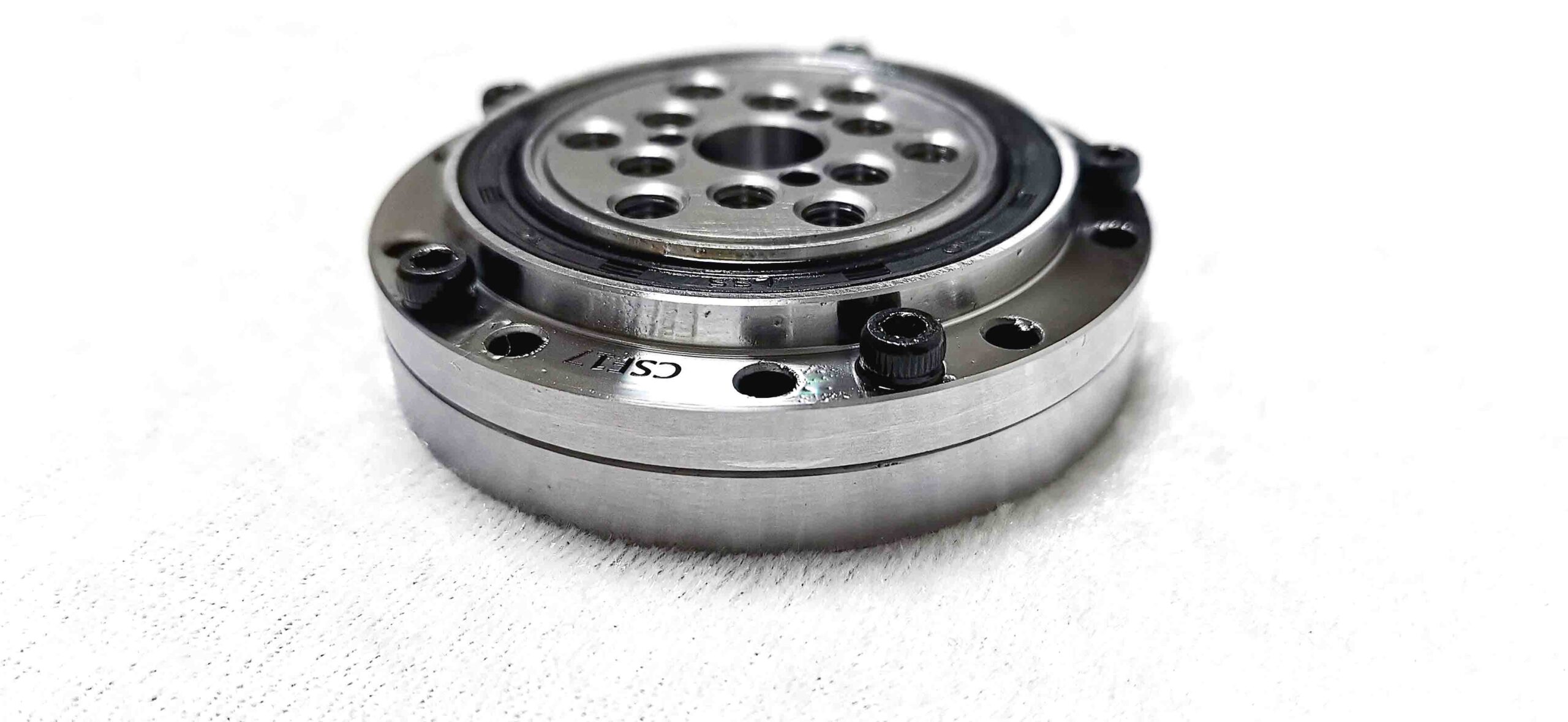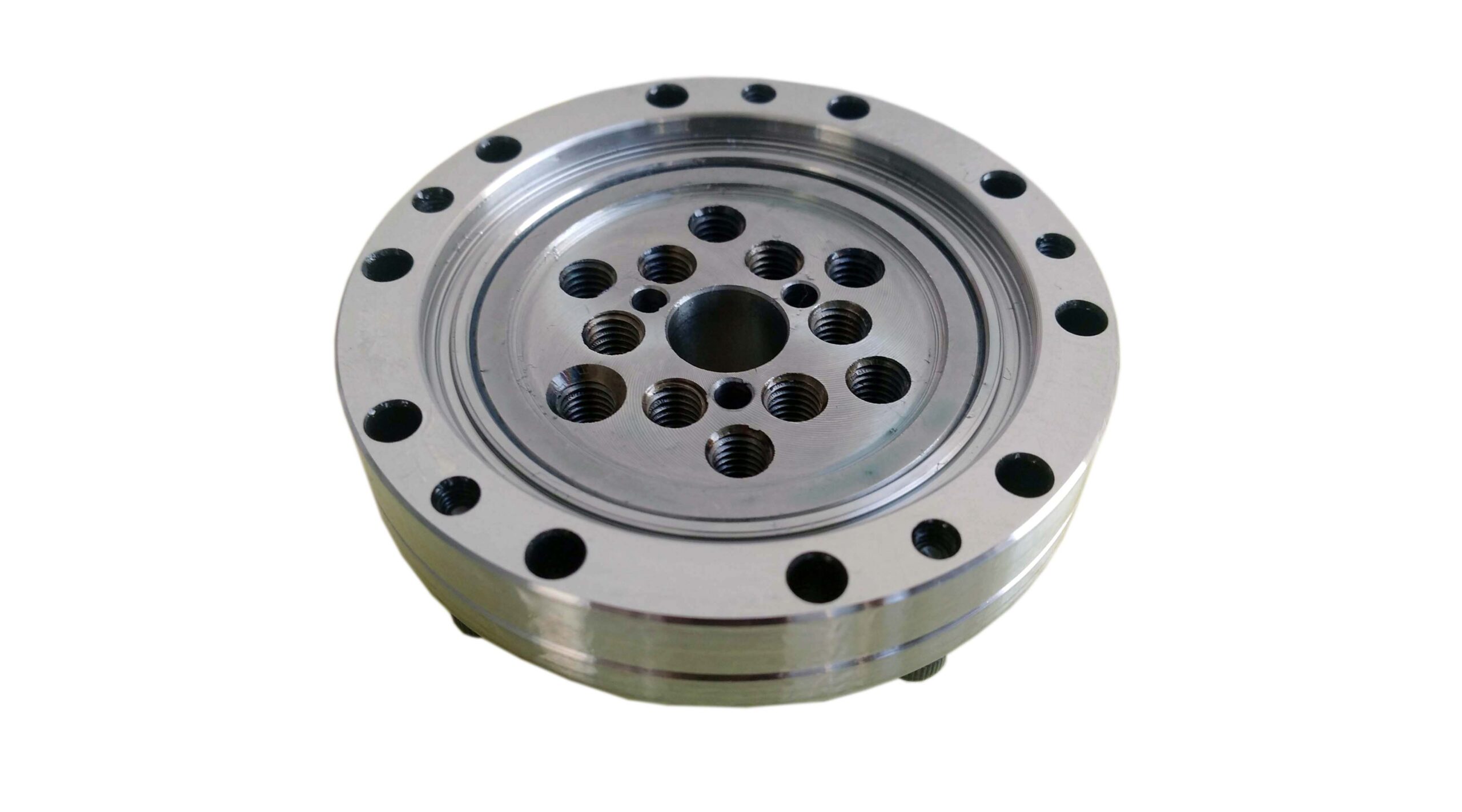Harmonic drive bearings, a critical component in the field of precision motion control, have garnered significant attention due to their unique operational characteristics and adaptability in various industrial applications. These bearings play an essential role in the functioning of harmonic drive systems, which are widely used in robotics, aerospace, medical devices, and various automation technologies. This article aims to provide a comprehensive introduction to harmonic drive bearings, highlighting their design, functionality, advantages, and applications.
Understanding Harmonic Drive Technology
Harmonic drive technology is fundamentally based on the principle of elastic deformation. The core of this technology consists of three main components: the input shaft, flex spline, and output component (serrated output gear). The flex spline, which is a flexible, thin-walled gear, is deformed to engage with the output gear, resulting in high gear ratio reduction while maintaining compact size and high positional accuracy. The role of bearings in this system is paramount, as they facilitate smooth rotation, reduce friction, and improve overall system performance.
Design and Structure of Harmonic Drive Bearings
Harmonic drive bearings are specifically designed to accommodate the unique load distributions and dynamic movements associated with harmonic drive systems. Typically, these bearings are characterized by their compact dimensions and robust construction, which enables them to handle high radial and axial loads with minimal deflection. Additionally, they often feature a combination of ball and roller elements to enhance load-carrying capacity and reduce wear over time.
The materials used in harmonic drive bearings are chosen for their durability and resistance to deformation. High-performance steel alloys are commonly utilized, along with advanced surface treatments to minimize friction and enhance corrosion resistance. Moreover, innovative lubrication techniques are employed to ensure optimal performance under varying operational conditions.
Advantages of Harmonic Drive Bearings
- Compact Size and Lightweight Design: One of the most significant advantages of harmonic drive bearings is their ability to provide high torque transmission in a compact form factor. This is particularly beneficial in applications where space is limited.
- High Precision and Accuracy: Harmonic drive bearings facilitate exceptional positioning accuracy, making them ideal for robotics and CNC machinery where precision is paramount.
- Excellent Load Capacity: These bearings can support substantial loads due to their unique design, which distributes stress effectively across the contact surfaces.
- Low Backlash: The nature of harmonic drive systems results in minimal backlash, enhancing the overall performance in precision applications.
- Long Service Life: With proper maintenance and lubrication, harmonic drive bearings exhibit a long service life, which is crucial for reducing operational downtime and maintenance costs.
Applications of Harmonic Drive Bearings
Harmonic drive bearings find their applications across a diverse range of industries:
-Robotics: In the robotics sector, these bearings are utilized in joints and actuators where high precision and compactness are crucial for optimal performance.
– Aerospace: The lightweight and high-strength characteristics of harmonic drive bearings make them suitable for aerospace applications, including flight control systems and satellite mechanisms.
– Medical Devices: In medical technology, harmonic drives are employed in surgical robots and imaging equipment, where accuracy and reliability are critical.
– Industrial Automation: Many automated systems benefit from the enhanced performance and efficiency provided by harmonic drive bearings, particularly in manufacturing and assembly processes.
In summary, harmonic drive bearings are an integral component of harmonic drive systems, providing essential support for precision motion control across various industries. Their unique advantages, including compact size, high precision, and excellent load capacity, make them indispensable in modern engineering applications. As technology continues to advance, the development of even more efficient and durable harmonic drive bearings is anticipated, paving the way for innovative solutions in the fields of robotics, aerospace, medical devices, and beyond. Understanding and leveraging the capabilities of harmonic drive bearings will be crucial for engineers and designers aiming to optimize performance in their respective domains.






